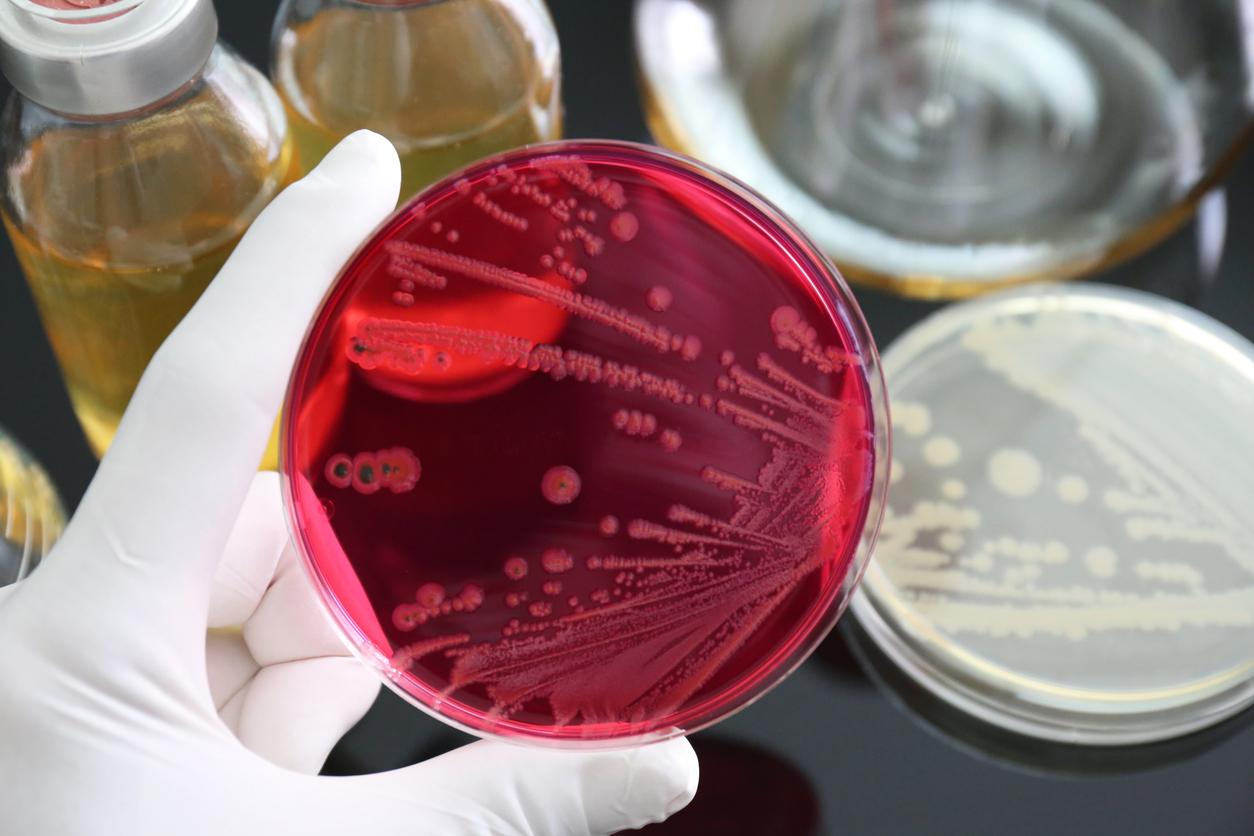Yellow, green, red… The color of our snot, which acts as a protective barrier, reflects the response of our immune system to pathogens.

- Mucus, often perceived as a nuisance, is an essential barrier of the immune system. Produced by nasal tissues, it captures dust, bacteria and viruses while containing antimicrobial enzymes.
- In good health, it is clear and keeps the nasal passages moist. During infections or allergies, it becomes thicker and colored: white for congestion, yellow or green for an active immune response, and reddish for irritation or dryness.
- Brown, orange or black tints may indicate severe irritation or exposure to pollutants.
Have you ever wondered why your mucus, more commonly known as snot, changes color when you are sick? These color variations, more than a curiosity produced by the body, reveal valuable clues about the functioning of our immune system, recall two researchers from Saint John University in York (England) in an article published in The Conversation.
Mucus, an essential line of immune defense
Produced by the tissues that line the nasal passages, this viscous substance is much more than a simple nuisance that we tend to sniff for lack of a tissue. Mucus in fact acts as a protective barrier, capturing dust, bacteria, viruses and other pathogens, preventing their progression into the deeper parts of the respiratory system. It also contains antimicrobial enzymes, like lysozyme and lactoferrin, which help destroy bacteria cell walls and limit their growth. So, even in good health, mucus plays an essential role.
When we get sick, mucus becomes more abundant, thicker, and often colored. These changes reflect the immune system’s response to infections. Its color and consistency tell a story: that of the complex and resilient defenses that protect your body every day. Here’s what different mucus colors indicate about your health.
Colors and their meaning
Transparent : A healthy nose produces clear mucus, composed mainly of water, proteins and cells. But allergies or the beginnings of a viral infection can cause overproduction of this type of mucus.
White : Often a sign of congestion, white mucus indicates inflammation of the nasal tissues, slowing the flow of mucus. This often marks the start of an infection, such as a cold.
YELLOW : This mucus signals an active immune response. White blood cells attack the infection, dying in the process, which colors the mucus yellow.
Green : An intensified immune response produces green mucus, stained by an enzyme called myeloproxidase, released by neutrophils. This type of mucus can indicate an aggressive bacterial or viral infection.
Red Or pink : The presence of blood, due to irritation or dryness of the tissues, gives a reddish tint to the mucus. Although often benign, this discoloration can result from excessive blowing or exposure to dry air.
Brown Or orange : These colors usually come from dried blood mixed with mucus, or from inhaling particles like smoke or dust.
Black : Rare, black mucus can signal serious problems, such as a fungal infection or significant exposure to pollutants. A medical consultation is recommended.















